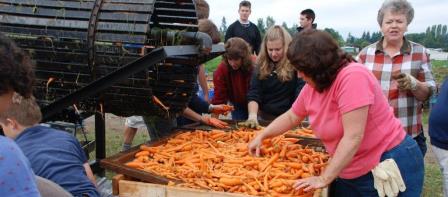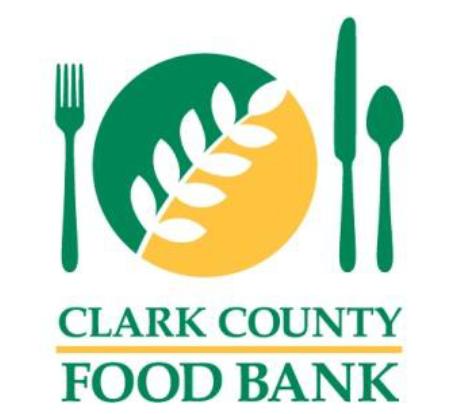Recruitment
 There are many ways to help potential volunteers discover the fun and enriching volunteer opportunities available to them. Always start with your organization’s current volunteer base to recruit for a new gleaning program. Let your existing volunteer base know that friends, family, or affiliated groups are welcome and encouraged to come out. Remember, no one is in favor of hunger. Many people are drawn to the concept of providing nourishing meal options to people in need and reducing food waste.
There are many ways to help potential volunteers discover the fun and enriching volunteer opportunities available to them. Always start with your organization’s current volunteer base to recruit for a new gleaning program. Let your existing volunteer base know that friends, family, or affiliated groups are welcome and encouraged to come out. Remember, no one is in favor of hunger. Many people are drawn to the concept of providing nourishing meal options to people in need and reducing food waste.
-
Identify groups in the area that may be interested in volunteer opportunities: schools, church groups, service groups, Boy & Girl Scout troops, and clubs. Reach out to them and see if they are interested.
-
Look into local businesses and find out if they have a volunteer program. Some businesses allow their employees to volunteer several hours a year and count it towards work hours.
-
Make yourself available to people who must accrue mandatory service hours such as students or those in restorative justice programs.
-
Table or present at different community events: Earth Day celebrations, food system council/food groups, neighborhood associations, Make a Difference Day work parties, etc.
-
Clients of the food bank may be interested in giving back. Display posters or hand out fliers about this opportunity.
-
Utilize blogs, social media sites, and volunteer recruitment websites (e.g. Craigslist, VolunteerMatch, Hands of Greater Portland, Volunteer Connections) to spread the word about volunteer opportunities.
Retention
Creating a positive volunteer experience is really important. Volunteers tend to be generous with their time and enjoy helping out. Here are a couple of ways to enrich their volunteer experience and keep them coming back:
-
Provide regular opportunities for volunteers to jump into. Be sure to offer a wide variety of times, locations, and tasks so that more people can participate.
-
Incorporate an educational component into the work party. There are many opportunities to teach about various aspects of gardening/farming.
-
Emphasize the need for this work. Start with a brief overview of hunger in the community and what your organization is doing to combat these issues. Conclude with a discussion about what has been accomplished and what your future organizational plans entail. Put this into concrete terms (i.e. 200 pounds of carrots were harvested, which equates to 60 families receiving nourishment).
-
Cultivate volunteer leadership. If volunteers are experienced and comfortable in groups, ask them to undertake a specific job such as providing a demonstration on proper harvesting methods. In the carrot fields, there are several designated harvest volunteer leaders. They receive training and a volunteer guide on how to run a successful volunteer day. This lessens the organization’s burden on staff and enhances the seasoned volunteer’s experience.
-
Show appreciation in many ways. Thank the volunteers when they arrive, leave, and after the event with a follow-up email. If there is a picture of a volunteer, send it to them as a memento of their time volunteering. 2012 was the first year that CCFB incorporated a volunteer appreciation event. A volunteer appreciation gathering is a time for volunteers to be recognized and thanked, gain a deeper understanding of hunger in the community, socialize with other volunteers, tour the food bank, and wrap up the harvest season.


